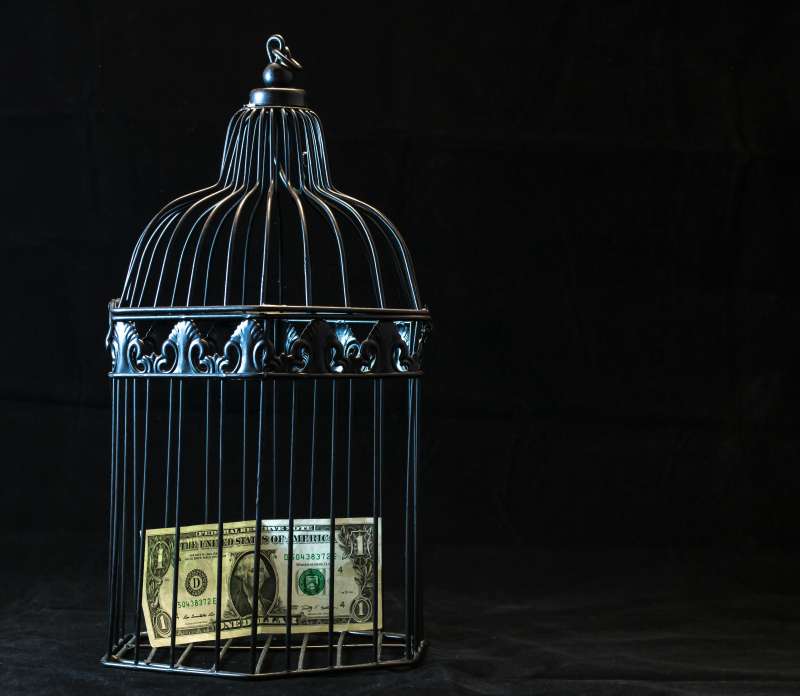The Collapse of Lehman Brothers: Lessons from the 2008 Financial Crisis
Published on: May 1, 2025
The collapse of Lehman Brothers in 2008 remains one of the most significant events in modern financial history. As the fourth-largest investment bank in the United States at the time, its bankruptcy triggered a global financial panic that cascaded through economies worldwide. This article explores the origins of Lehman Brothers, the events leading to its collapse, the broader implications of its failure, and the regulatory and economic lessons learned from the crisis.
A Brief History of Lehman Brothers
Founded in 1850 by Henry, Emanuel, and Mayer Lehman, German immigrant brothers, the firm started as a dry goods store in Montgomery, Alabama, before transitioning into commodities trading and eventually, investment banking. Over the decades, Lehman grew into a financial powerhouse, helping finance America's railroads, emerging corporations, and infrastructure projects.
By the early 2000s, Lehman Brothers had evolved into a global investment bank, engaged in investment banking, equity and fixed-income sales, trading, research, and private investment management. However, its aggressive expansion into mortgage-backed securities and real estate investments during the housing bubble would prove catastrophic.
The Rise of the Housing Bubble
In the early 2000s, U.S. housing prices surged due to low interest rates, relaxed lending standards, and financial innovation in mortgage-backed securities (MBS). Financial institutions began repackaging mortgages into MBS and collateralized debt obligations (CDOs), which were sold to investors worldwide. Ratings agencies often rated these products as safe, despite the underlying risks.
Lehman Brothers was a significant player in this market, issuing, securitizing, and investing heavily in subprime mortgages. At its peak, it owned over $600 billion in assets, many tied to mortgage-related securities. Its leverage ratio—debt compared to equity—reached as high as 30:1, meaning small losses could wipe out its capital base.
Warning Signs and Early Troubles
As early as 2006, cracks in the housing market began to appear. Default rates on subprime mortgages started to rise. In 2007, two Bear Stearns hedge funds collapsed due to mortgage exposure, prompting broader concerns about the housing market. Despite these warnings, Lehman continued its aggressive investment strategy.
In March 2008, Bear Stearns itself was sold to JPMorgan Chase in a Fed-brokered deal. This raised red flags about the stability of investment banks. Lehman posted losses in the first and second quarters of 2008 but failed to significantly reduce its exposure to mortgage assets.
The Collapse Unfolds
By September 2008, Lehman Brothers faced a liquidity crisis. Its attempts to secure a buyer or government bailout failed. On September 15, 2008, Lehman Brothers filed for Chapter 11 bankruptcy protection. It was the largest bankruptcy in U.S. history, involving over $600 billion in assets.
The bankruptcy sent shockwaves through global financial markets. Credit markets froze, the stock market plummeted, and investor confidence collapsed. Major institutions like AIG and Merrill Lynch teetered on the brink. Only massive government interventions prevented a total economic collapse.
Causes of the Collapse
Excessive Leverage
Lehman's high leverage made it extremely vulnerable to market downturns. With a leverage ratio around 30:1, the firm had minimal room for error. When asset values fell, losses quickly overwhelmed its capital base.
Risky Mortgage Exposure
Lehman heavily invested in subprime mortgages and real estate assets, many of which lost value as the housing market collapsed. The firm's own internal risk assessments failed to account for the possibility of widespread mortgage defaults.
Accounting Practices
Lehman used controversial accounting techniques, notably "Repo 105" transactions, to temporarily move assets off its balance sheet and appear more solvent than it was. These maneuvers misled investors and regulators about the firm's true financial health.
Regulatory Failures
The regulatory framework at the time allowed investment banks like Lehman to take on excessive risks without sufficient oversight. The SEC and other agencies lacked both the authority and willingness to intervene effectively.
Impact on the Global Economy
Lehman's bankruptcy triggered a global credit crunch. Banks, unsure of each other's exposure, stopped lending. Businesses could not obtain financing, leading to layoffs, bankruptcies, and a steep economic downturn. Global stock markets lost trillions of dollars in value.
In the United States, the federal government responded with a $700 billion bailout package (TARP), emergency interest rate cuts, and unprecedented intervention in financial markets. Central banks worldwide followed suit with their own stimulus efforts.
Reforms and Regulatory Changes
The collapse led to widespread calls for reform. In 2010, the U.S. Congress passed the Dodd-Frank Wall Street Reform and Consumer Protection Act, which aimed to prevent a recurrence of such a crisis. Key provisions included:
The creation of the Financial Stability Oversight Council (FSOC) to monitor systemic risk.
Tighter capital and liquidity requirements for banks.
A requirement that large financial firms submit "living wills" detailing how they could be wound down in a crisis.
The Volcker Rule, limiting proprietary trading by banks.
While Dodd-Frank improved oversight, critics argue that risks remain in the system, especially as financial innovation continues to evolve.
Lessons Learned
The collapse of Lehman Brothers offers several crucial lessons:
Importance of Risk Management: Financial institutions must implement robust risk controls and stress testing.
Need for Transparency: Accurate and timely disclosure of financial health is vital for investor and market confidence.
Effective Regulation: Regulators must have the authority, tools, and willingness to act proactively.
Systemic Risk Awareness: Interconnected markets mean that one firm's failure can endanger the entire system.
Emergency Response Planning: Governments and central banks must be prepared to act swiftly to contain crises.
The collapse of Lehman Brothers was a watershed moment that revealed deep vulnerabilities in the global financial system. It spurred reforms, changed how banks operate, and reshaped regulatory frameworks. Yet, the fundamental challenge remains: how to balance financial innovation and growth with stability and accountability. As markets evolve, the lessons of 2008 must remain at the forefront of financial policy and practice.










